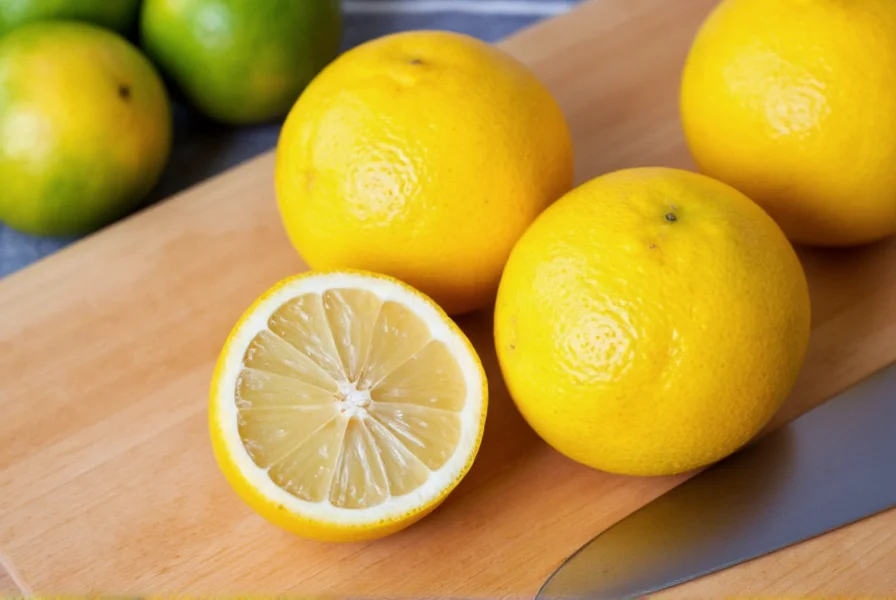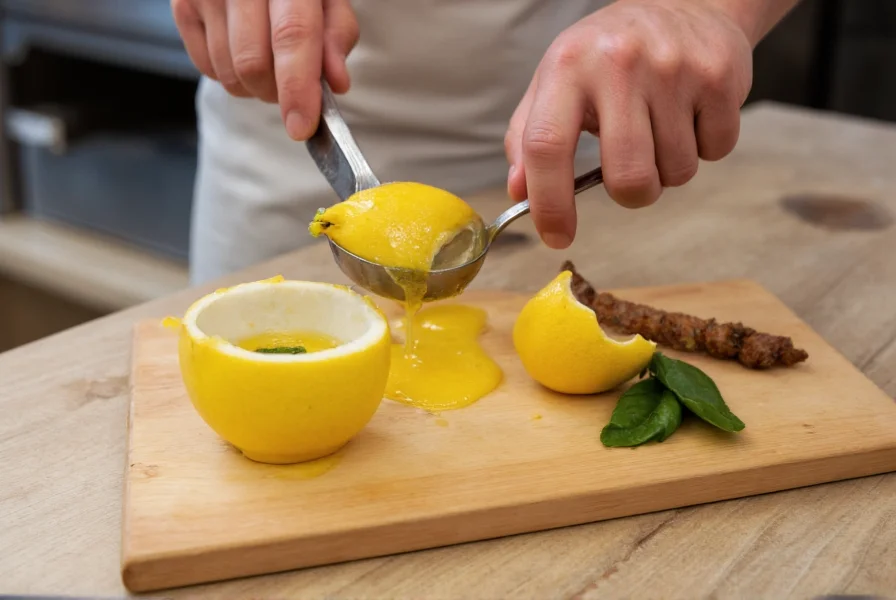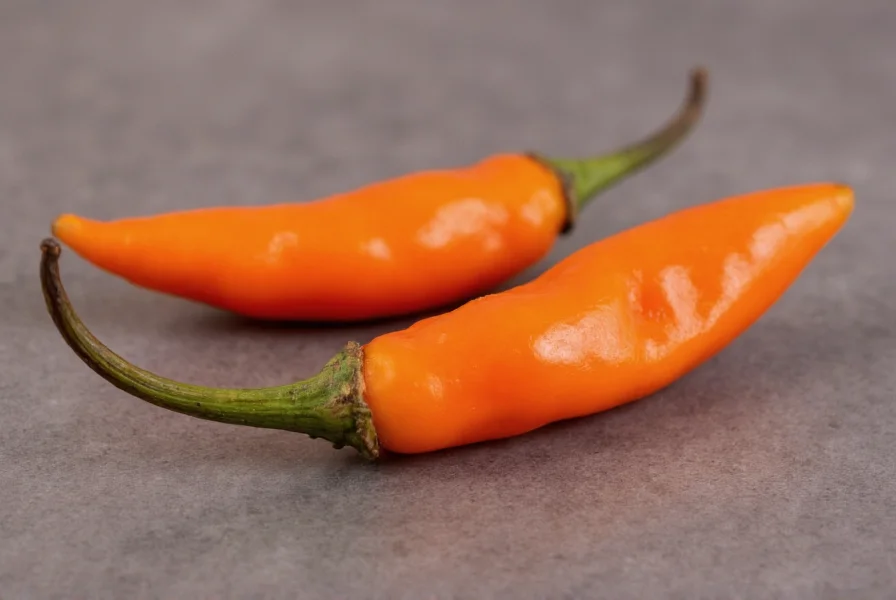Many home cooks and culinary enthusiasts searching for "yuzu pepper" encounter confusion due to overlapping terminology in Japanese ingredients. This comprehensive guide clarifies what yuzu actually is, distinguishes it from related ingredients, and provides practical usage guidance for authentic culinary applications.
Understanding Yuzu: The Japanese Citrus Treasure
Yuzu (Citrus junos) is a cold-hardy citrus fruit native to East Asia, particularly valued in Japanese cuisine for centuries. Unlike common citrus varieties, yuzu features:
- Distinct bumpy yellow or green rind (depending on ripeness)
- Intensely aromatic peel with floral undertones
- Tart juice containing numerous seeds
- Seasonal availability primarily in winter months
The misconception that yuzu is a "pepper" likely originates from two sources: confusion with sansho (Japanese pepper, Zanthoxylum piperitum), which is an actual spice from the prickly ash tree, and yuzu kosho, a fermented condiment made from yuzu peel, chili peppers, and salt. Understanding these distinctions is crucial for authentic Japanese cooking.

Yuzu vs. Sansho Pepper vs. Yuzu Kosho: Clearing the Confusion
Three ingredients frequently confused under the "yuzu pepper" misnomer:
| Ingredient | Botanical Source | Flavor Profile | Primary Culinary Use |
|---|---|---|---|
| Yuzu | Citrus junos (citrus fruit) | Floral, tart, complex citrus with grapefruit/lemon notes | Zest, juice in dressings, ponzu, desserts |
| Sansho Pepper | Zanthoxylum piperitum (prickly ash) | Numbing, citrusy, peppery with floral notes | Seasoning for grilled meats, soups, spice blends |
| Yuzu Kosho | Yuzu peel + chili peppers + salt (fermented) | Spicy, citrusy, umami-rich fermented flavor | Condiment for fish, noodles, marinades |
Culinary Applications of Authentic Yuzu
Professional chefs prize yuzu for its unique flavor complexity that transforms dishes. Key applications include:
Ponzu Sauce Foundation
Yuzu juice forms the citrus backbone of authentic ponzu, a versatile Japanese dipping sauce combining soy sauce, mirin, and dashi. The fruit's balanced acidity and floral notes create a more nuanced ponzu than substitutes like lemon or lime.
Seafood Enhancement
Fresh yuzu juice or zest elevates delicate fish dishes without overpowering them. Chefs commonly use it with:
- Chirashi sushi bowls
- Grilled mackerel
- Seafood ceviche variations
- Shellfish preparations
Dessert Innovation
Yuzu's complex acidity makes it ideal for desserts where standard citrus would be too sharp. Popular applications include:
- Yuzu curd (superior to lemon curd for its floral notes)
- Sorbet and granita
- Mousse and panna cotta infusions
- Citrus layer in multi-component desserts

Practical Usage Tips for Home Cooks
Working with fresh yuzu requires specific techniques to maximize flavor while minimizing waste:
Optimal Zesting Technique
Use a microplane to remove only the colored zest, avoiding the bitter white pith. One medium yuzu yields approximately 1-2 teaspoons of zest—significantly less than lemon or orange due to its thicker rind.
Juice Extraction Method
Roll the fruit firmly on a counter before cutting to maximize juice yield. Strain carefully to remove numerous seeds. Expect only 1-2 tablespoons of juice per fruit—yuzu's low juice content explains its premium pricing.
Preservation Methods
Extend yuzu's short seasonal availability through:
- Freezing zest in oil for cooking applications
- Canning segments in syrup for desserts
- Making yuzu vinegar for dressings
- Creating yuzu kosho (fermented condiment)
Finding and Substituting Yuzu
Locating authentic yuzu presents challenges outside Japan, but several options exist:
Where to Purchase
During winter months (November-February), check:
- Specialty Asian markets (particularly Japanese grocers)
- Farmers' markets in citrus-growing regions
- Online retailers specializing in Japanese ingredients
- Some high-end grocery stores during peak season
Quality Indicators
Select yuzu with:
- Firm, slightly bumpy rind
- Deep yellow color (for ripe fruit)
- Heavy weight for size indicating juiciness
- Strong citrus aroma when scratched
Substitution Guidance
When authentic yuzu is unavailable, these combinations approximate specific aspects of its flavor:
| Application | Best Substitute Ratio | Limitations |
|---|---|---|
| General cooking | 2 parts grapefruit juice + 1 part mandarin juice | Lacks floral complexity |
| Ponzu sauce | 1 part lemon juice + 1 part sudachi juice | Less aromatic depth |
| Desserts | Yuzu extract (1:4 with liquid) | Overpowering if misused |
Common Misconceptions About Yuzu
Several persistent myths surround this ingredient:
- Myth: Yuzu is a type of pepper
Fact: Yuzu is citrus; sansho is the actual Japanese pepper - Myth: Yuzu and yuzu kosho are interchangeable
Fact: Yuzu kosho contains chili peppers and is fermented—completely different flavor profile - Myth: Dried yuzu peel equals fresh yuzu flavor
Fact: Drying significantly alters volatile compounds; fresh provides superior aroma
Conclusion: Mastering Yuzu in Your Culinary Repertoire
Understanding that yuzu isn't actually a pepper but a distinctive citrus fruit unlocks authentic Japanese flavors. When sourcing this seasonal ingredient, prioritize fresh specimens during winter months, handle with proper zesting and juicing techniques, and recognize its irreplaceable role in traditional preparations. For cooks exploring Japanese cuisine, mastering genuine yuzu applications—rather than confusing it with sansho pepper or yuzu kosho—elevates dishes from approximation to authenticity. The fruit's complex floral-citrus profile remains unmatched by substitutes, making it worth seeking for serious culinary exploration.
Frequently Asked Questions
Is yuzu the same as yuzu pepper?
No, yuzu is not a pepper. Yuzu is a Japanese citrus fruit (Citrus junos), while "yuzu pepper" typically refers to confusion between yuzu and either sansho (Japanese pepper) or yuzu kosho (a fermented condiment made from yuzu peel and chili peppers). The terms are frequently misused interchangeably despite representing completely different ingredients.
Can I substitute lemon for yuzu in recipes?
Lemon makes an imperfect substitute as it lacks yuzu's complex floral notes and balanced acidity. For best results, combine 2 parts grapefruit juice with 1 part mandarin juice to approximate yuzu's flavor profile. In ponzu sauce, use equal parts lemon and sudachi juice. Remember that no substitute fully replicates fresh yuzu's distinctive character, particularly in traditional Japanese preparations.
How do I store fresh yuzu to maximize shelf life?
Store unwashed yuzu in the refrigerator's crisper drawer for up to 2 weeks. For longer preservation, freeze the zest in olive oil (1 part zest to 3 parts oil) for cooking applications, or preserve segments in simple syrup for desserts. Juice can be frozen in ice cube trays then transferred to airtight containers. Properly stored, these methods maintain flavor for 6-8 months.
What's the difference between yuzu kosho and regular yuzu?
Yuzu refers to the whole citrus fruit, while yuzu kosho is a fermented condiment made from yuzu peel, chili peppers, and salt. Yuzu provides bright citrus flavor, whereas yuzu kosho offers spicy, umami-rich complexity. They're completely different ingredients used for distinct purposes—yuzu in ponzu and desserts, yuzu kosho as a seasoning for grilled meats and noodles.
When is yuzu in season and where can I find it?
Yuzu's primary season runs from November through February, with peak availability in December and January. Look for it at Japanese specialty markets, high-end grocery stores during winter months, or online retailers specializing in Japanese ingredients. Farmers' markets in citrus-growing regions may also carry it seasonally. Select fruits that feel heavy for their size with firm, slightly bumpy yellow rinds.











 浙公网安备
33010002000092号
浙公网安备
33010002000092号 浙B2-20120091-4
浙B2-20120091-4